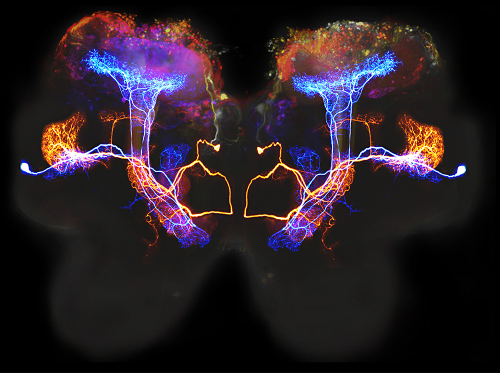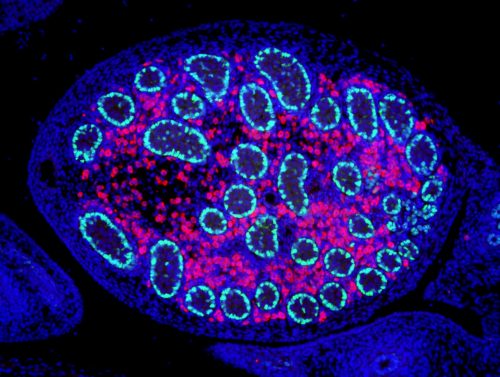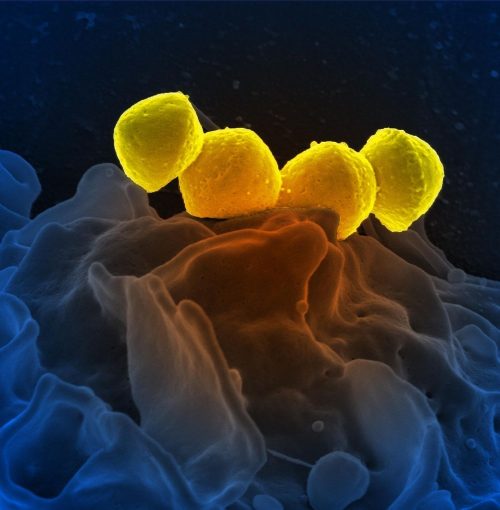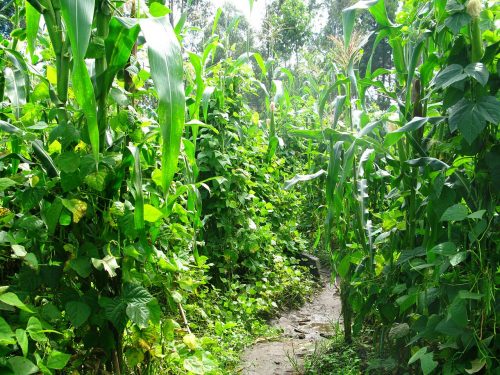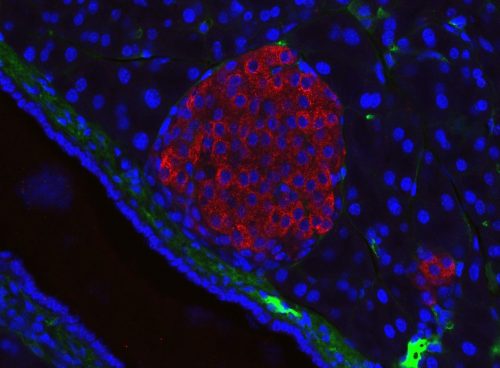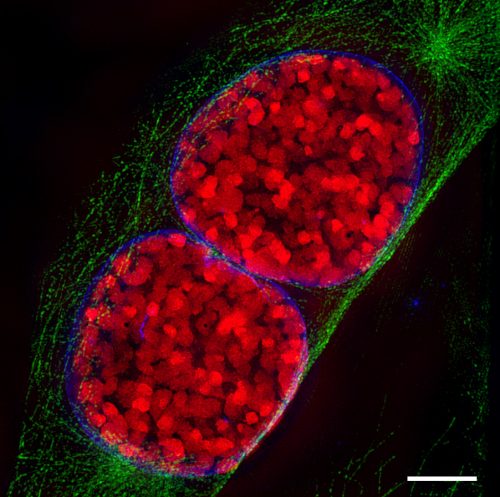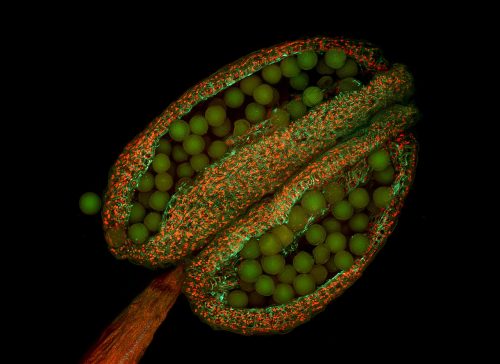
Plant compounds make up many of the derived medicines, poisons, and generally useful molecules used in the world today and for much of human history. While we may have learned to produce several of them synthetically as technology has advanced, the original knowledge on their properties and how to use them came from nature. Even […]

